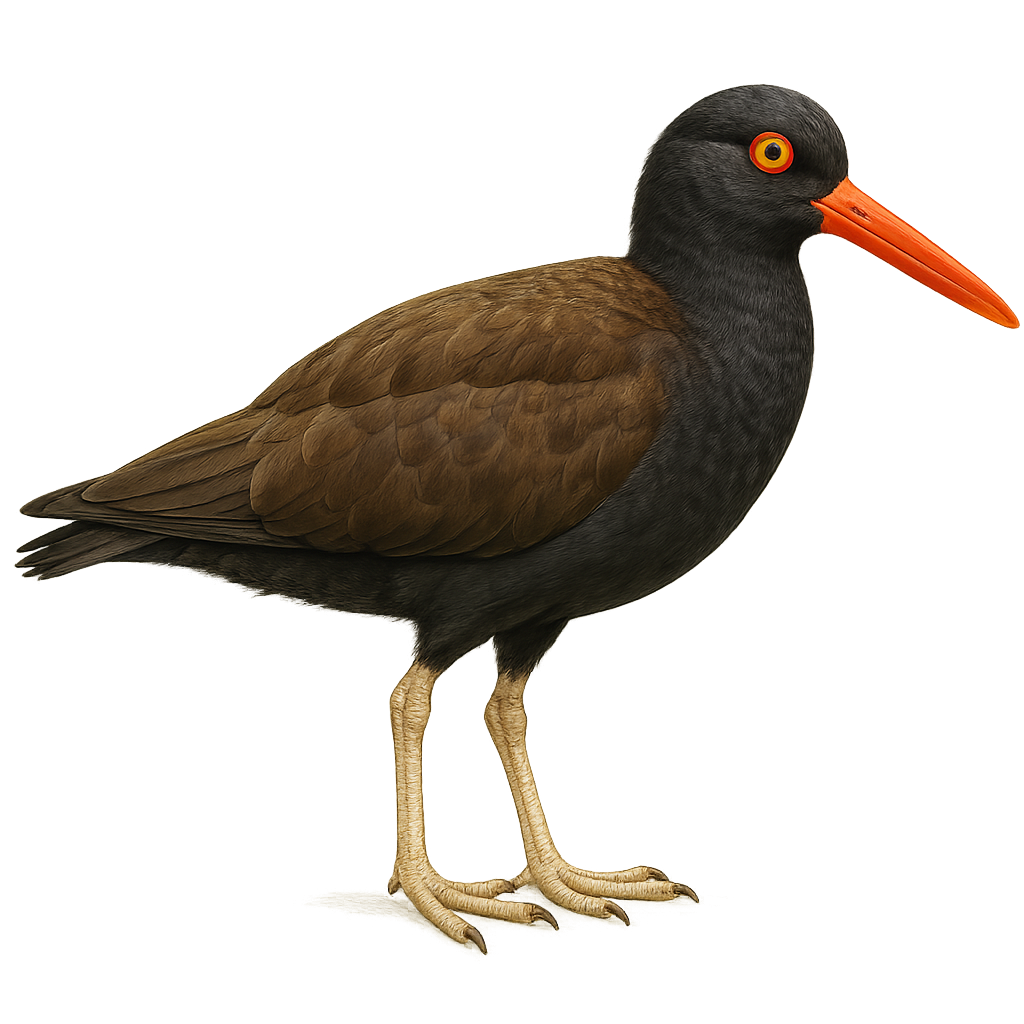Your wildlife photography guide.
Explore the blackish oystercatcher in detail, study its behavior, prepare your shots.
Where to observe and photograph the blackish oystercatcher in the wild
Learn where and when to spot the blackish oystercatcher in the wild, how to identify the species based on distinctive features, and what natural environments it inhabits. The WildlifePhotographer app offers tailored photography tips that reflect the blackish oystercatcher’s behavior, helping you capture better wildlife images. Explore the full species profile for key information including description, habitat, active periods, and approach techniques.
Blackish Oystercatcher
Scientific name: Haematopus ater

IUCN Status: Least Concern
Family: HAEMATOPODIDAE
Group: Birds
Sensitivity to human approach: Suspicious
Minimum approach distance: 10 m
Courtship display: October to December
Incubation: 27-28 jours
Hatchings: October to January
Habitat:
Rocky coasts, sandy beaches
Activity period :
Primarily active during the day, with peak activity in the morning and late afternoon.
Identification and description:
The Blackish Oystercatcher, Haematopus ater, is a robust and distinctive coastal bird, recognizable by its uniform black plumage and long, bright red bill. It primarily inhabits the rocky shores of South America, from Patagonia to Peru. Often seen in small groups, this bird feeds on mollusks and crustaceans, skillfully opening them with its powerful bill. Although mostly sedentary, some individuals may undertake short migrations. The Blackish Oystercatcher is monogamous and vigorously defends its nesting territory. Its piercing call is often heard above the sound of the waves. Despite its wide distribution, it is sensitive to human disturbances and marine pollution.
Recommended lens:
400mm – adjust based on distance, desired framing (portrait or habitat), and approach conditions.
Photography tips:
To photograph the Blackish Oystercatcher, choose the golden hours of morning or evening for soft, flattering light. Use a telephoto lens of at least 400mm to capture details without disturbing the bird. Approach slowly and stay low to minimize your presence. Pay attention to its behavior to anticipate its movements, especially when feeding or defending its territory. A tripod can be helpful to stabilize your camera, especially if using a long focal length.
The WildlifePhotographer App is coming soon!
Be the first to explore the best nature spots, track rutting seasons, log your observations, and observe more wildlife.
Already 1 429 wildlife lovers subscribed worldwide

